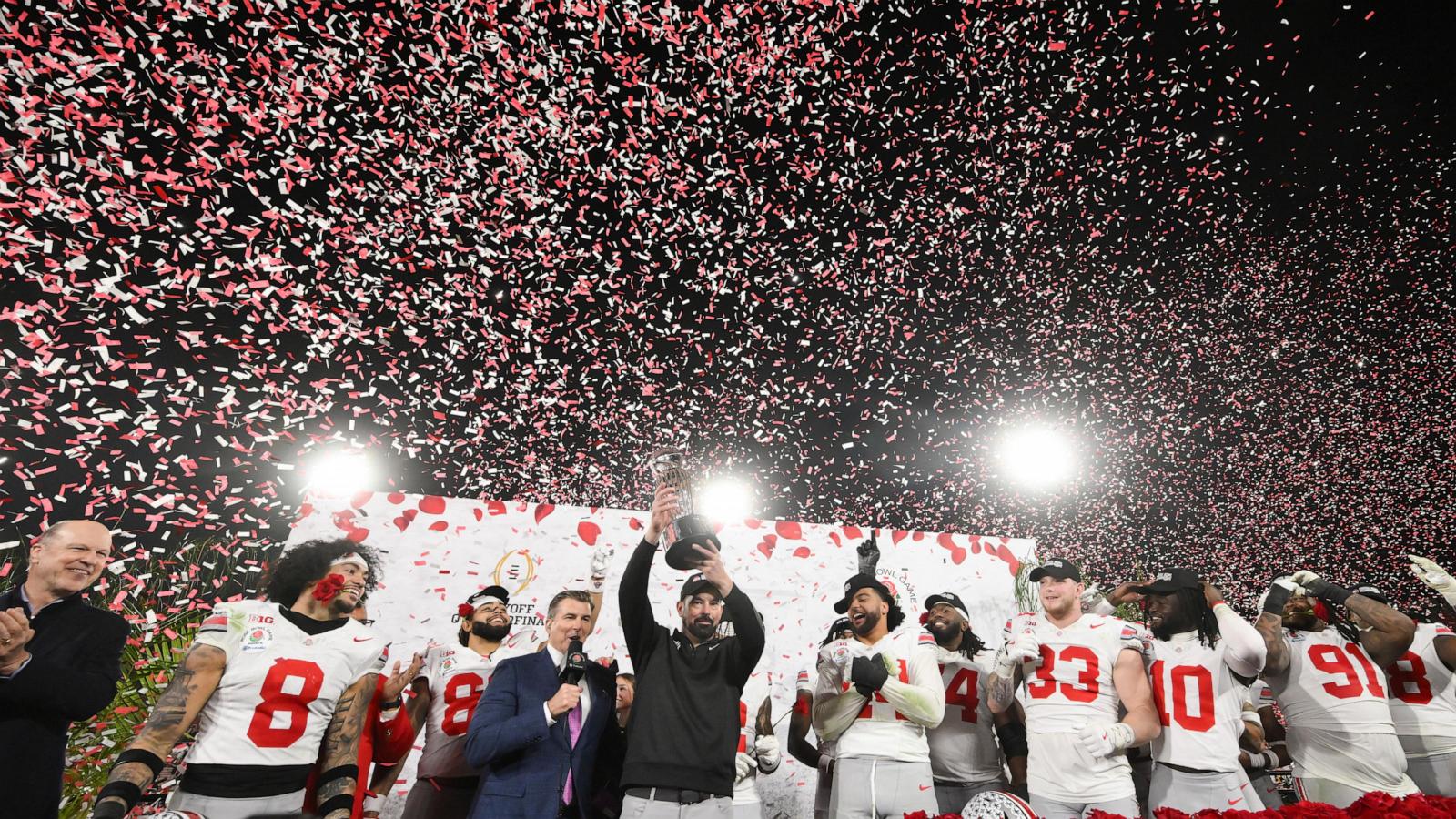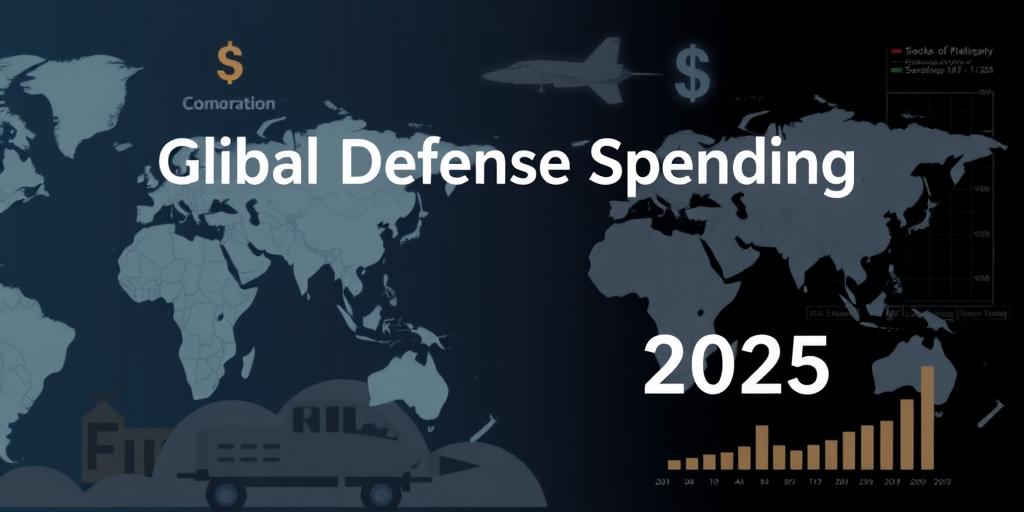The NCAA Settlement: Billions for Athletes, But Title IX Troubles Loom
Get ready for a seismic shift in college sports! A groundbreaking settlement could see colleges shelling out billions to athletes, but there's a major catch. This isn't just about handing out checks; it's a clash between the old-school amateur model and the demands of equality, stirring up a legal maelstrom. Let's dive deep into this complex saga, examining the legal challenges, the potential for lawsuits, and the uncertain future of college athletics.
The $2.8 Billion House Settlement: A Game Changer?
The recently announced $2.8 billion settlement in a class-action lawsuit promises to redefine how athletes are compensated for their contributions. Colleges might pay out up to $20.5 million each in compensation for past participation. Many speculate this payment will focus heavily on football and men's basketball programs which generate significant revenue. This windfall is unprecedented but also far from the resolution to long-standing concerns. Could this transform how colleges support the many students who participate in lesser known sports? This aspect of the settlement could provide the solution needed for equality. But that leads us to a crucial question…
Title IX Concerns: A Level Playing Field?
The Department of Education issued a powerful reminder: Title IX mandates equal treatment of male and female athletes. This means ensuring equitable distribution of resources in compliance with this sweeping settlement. Could this substantial payout to men's sports cause repercussions under Title IX? As things stand, this issue remains unresolved, potentially creating huge ramifications and sparking controversy among universities, athletes and regulators.
Navigating the NIL Landscape: A New Era of Compensation
The National Collegiate Athletic Association (NCAA) has maintained a rigid stance on amateurism and avoided direct payments to student-athletes, arguing against professionalization. But the new landscape, created by Name, Image, and Likeness (NIL) deals has seen student-athletes receive significant amounts of income. This brings us to a major factor of this $2.8 Billion settlement: it may level the playing field further.
The Role of NIL: A Blurred Line?
With NIL deals, high-profile athletes, predominantly in football and basketball, could obtain massive sponsorship deals and create their own revenue streams. Meanwhile, lesser-known sports struggle to garner similar attention or funding, creating inequalities amongst sports and potentially between genders. With schools now having the option of directly funding athletes, the role of the NCAA could dramatically change.
The Impact of the House Settlement on NIL
The proposed settlement directly impacts NIL compensation by replacing third-party agreements, which could potentially simplify things. With schools now more involved and taking the leading role, concerns surrounding transparency and equity grow more crucial. It's the next chapter for college sports compensation. But will it be positive?
The Future of College Athletics: Uncertainty and Opportunity
The $2.8 Billion settlement, while historic, is far from settling this argument. It is instead accelerating the transition from the amateur model towards a more financially equitable model for student-athletes. While potentially more fair and equal than past systems, this settlement may have unforeseen consequences, prompting considerable uncertainty regarding how colleges operate in the future. This will be the first test of how fair a potentially unequal settlement truly is. Several challenges lie ahead as schools adjust, possibly triggering court battles and changes to long-standing NCAA policies.
Potential Legal Challenges: Navigating the Shifting Landscape
The NCAA may seek legislative intervention, to exempt them from antitrust laws. But success is questionable and may come down to the result of the future court battles over equality and payment between genders. This may lead to significant upheaval, restructuring the organization and how the sports run. However, we could potentially see improved payment for student athletes overall.
The Impact on Women's Athletics: Equal Opportunity?
Equal opportunity has been at the core of many complaints against college sport management and payouts to athletes, with Title IX playing a central role. Despite progress made over many years, serious inequities still persist. It will be important that these issues are fully addressed in the context of the $2.8 Billion settlement. Can the NCAA truly maintain that this system is both just and equitable between both male and female players?
Take Away Points
The $2.8 billion settlement represents a watershed moment for college athletics. It offers immense financial opportunities to athletes, especially in high-profile sports, however, it also presents complex challenges and hurdles.
- The integration of this settlement and NIL agreements could change the NCAA substantially.
- Legal challenges could significantly reshape the landscape of collegiate sports.
- Title IX will be paramount and determine the legal ramifications and potentially set future precedent for further similar cases.
- This isn’t simply about money; it’s about equity and justice within college sports. The long-term implications of the settlement, including its effect on smaller programs, women's athletics, and Title IX compliance, remain uncertain but very significant.









